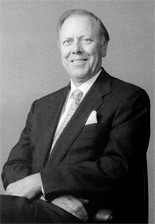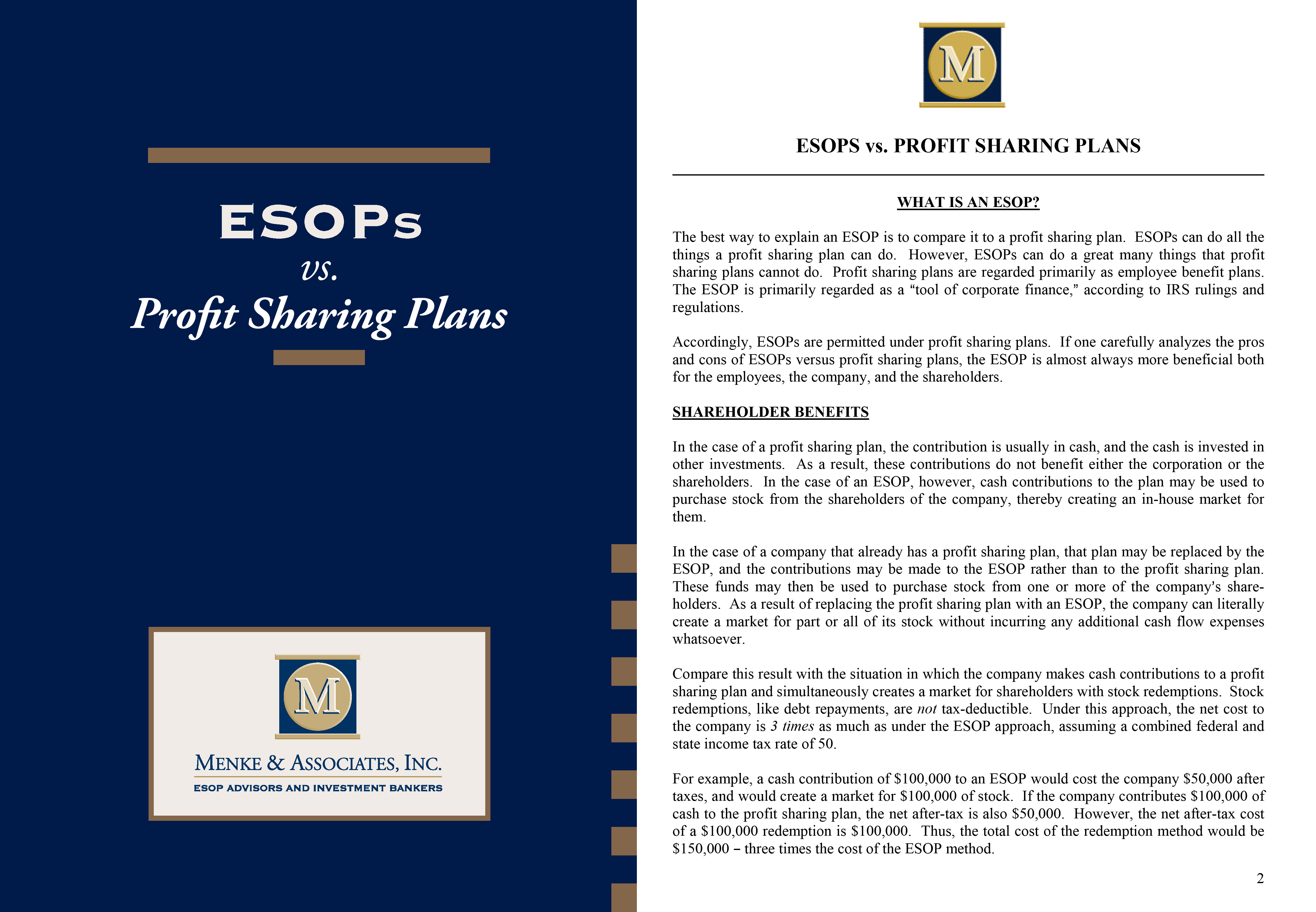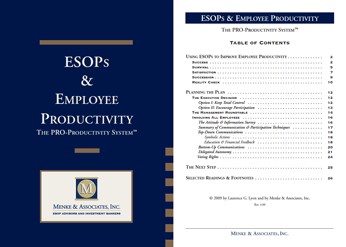S Corporation Rules Involving Section 409(p)
Section 409(P) of the Code, which was enacted as part of the Economic Growth and Tax Relief reconciliation Act of 2001, sets forth anti-abuse rules for ESOPs that are maintained by S corporations. The following is to summarize the restrictions of Section 409(P), as follows: Basic Rule: No assets of an ESOP may be allocated…



